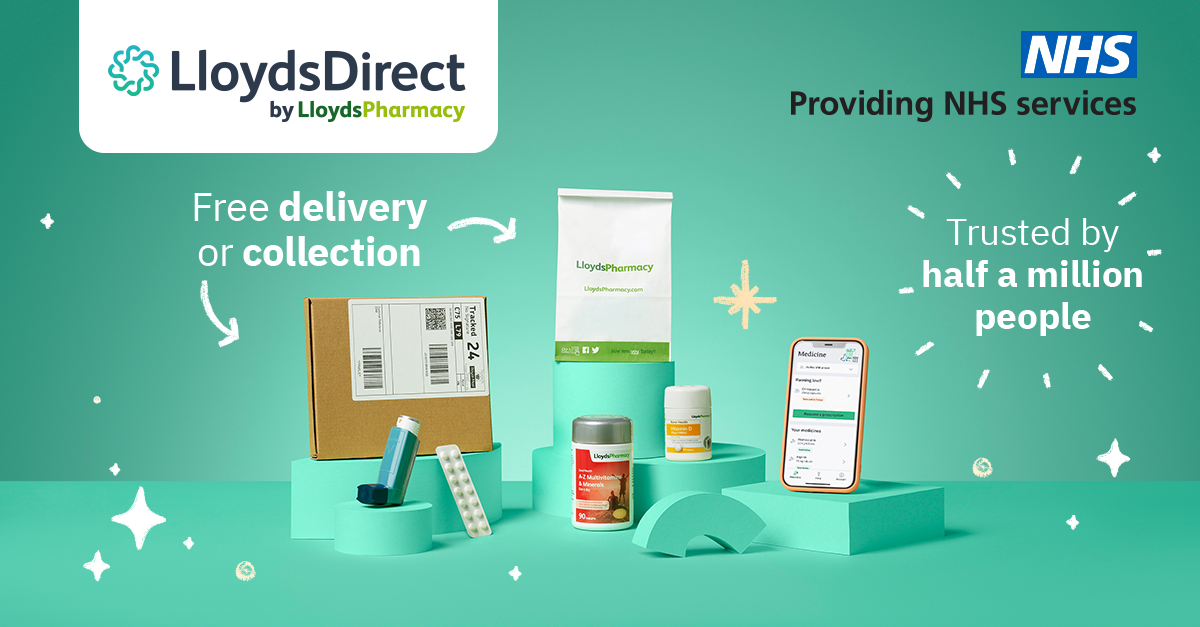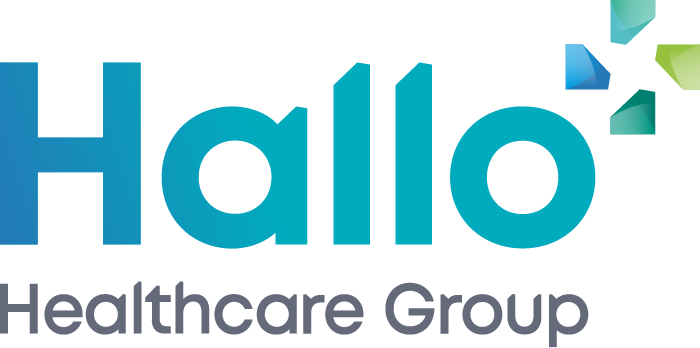
- LloydsDirect by LloydsPharmacy took four years to reach their first 100,00 patients. Two years on, the online pharmacy now supports half a million people to order, track and receive reminders about their NHS prescriptions.
- In the last year, the median age of nominated patients has increased from 41 to 54 years old.
- Every month, dispensing repeat prescriptions via LloydsDirect saves 19,500 hours, helping free up time for community pharmacy to focus on providing more face-to-face services and care.
- Since the creation of LloydsDirect, 27.7 years have been saved.
Following a period of rapid growth, McKesson UK has today announced that its online pharmacy business, LloydsDirect by LloydsPharmacy, now helps 500,000 patients to conveniently manage their NHS prescriptions.
With users of the app-based service more than doubling in the last year alone, LloydsDirect has also seen a noticeable shift in the demographic of its patient cohort. In March 2020, 26% of patients joining LloydsDirect were 55 years old and above. During the first lock down, that number leapt to 60%, with the median age of new patients increasing from 41 to 54 years old.
Established in 2015, it took four years for LloydsDirect to secure its first 100,00 nominated patients. Now the healthtech start-up celebrates its 500,000 patient milestone, as it integrates further into the LloydsPharmacy network, meaning patients enjoy a greater choice over how and when to interact with physical and online pharmacy.
Benoit Machefer, CEO at LloydsDirect, said:
“The Covid-19 pandemic has accelerated trends in patient behaviour that we had already identified, with more people moving to online services for their healthcare needs. The growth of LloydsDirect and our recent achievement in reaching 500,000 patients is testament to three things.
First, LloydsDirect was built by people who understand the challenges that come with taking medicine on a regular basis.
Second, it’s powered by people who put the needs of their patients first and want to transform how healthcare in the UK is delivered.
Third, our continuing integration with our bricks and mortar pharmacy network, meaning patients can order with us and pick up from their local LloydsPharmacy, is now central to our patient appeal.
While the speed in which we’ve reached 500,000 patients confirms that people are placing more trust in online services that help to simplify their daily lives, they will always want to be able to meet their local pharmacy teams. That’s why we will always be complementary to our pharmacies on the high street and the expertise and services only they can provide.”
As patient numbers increase, so too does the time being given back to local pharmacies. Dispensing prescriptions via LloydsDirect saves an estimated 1.5 minutes per item, giving back 19,500 hours to community pharmacy every month. Since the creation of LloydsDirect, 27.7 years have been saved.
With patient backlogs growing because of the pandemic, online pharmacy can help give community pharmacists more time to focus on face-to-face services and care, such as vaccinations, and in turn help to alleviate some of the pressures that are increasing elsewhere in the healthcare system.
Toby Anderson, CEO at McKesson UK, adds:
“From a healthtech start-up to the fastest growing online pharmacy in Europe, LloydsDirect has transformed how people access their prescriptions and manage their health – all with the tap of a button. It’s fantastic to have 500,000 patients now using LloydsDirect to order medicines directly to their front door, or to order through LloydsDirect to collect in a LloydsPharmacy.
LloydsDirect also acts as a support mechanism for our network of community pharmacies. Creating a more sustainable future for the sector involves us working smarter, and that means digitising more of our dispensing. If pharmacy is to gain the time it needs to deliver more face-to-face services and care, that better supports the NHS, utilising digital technology is a big part of the solution. So, as we work towards securing our next 500,000 patients by matching cutting-edge technology with great clinical skills and expertise, we hope to see more services move from doctors and hospitals to community pharmacy.”

